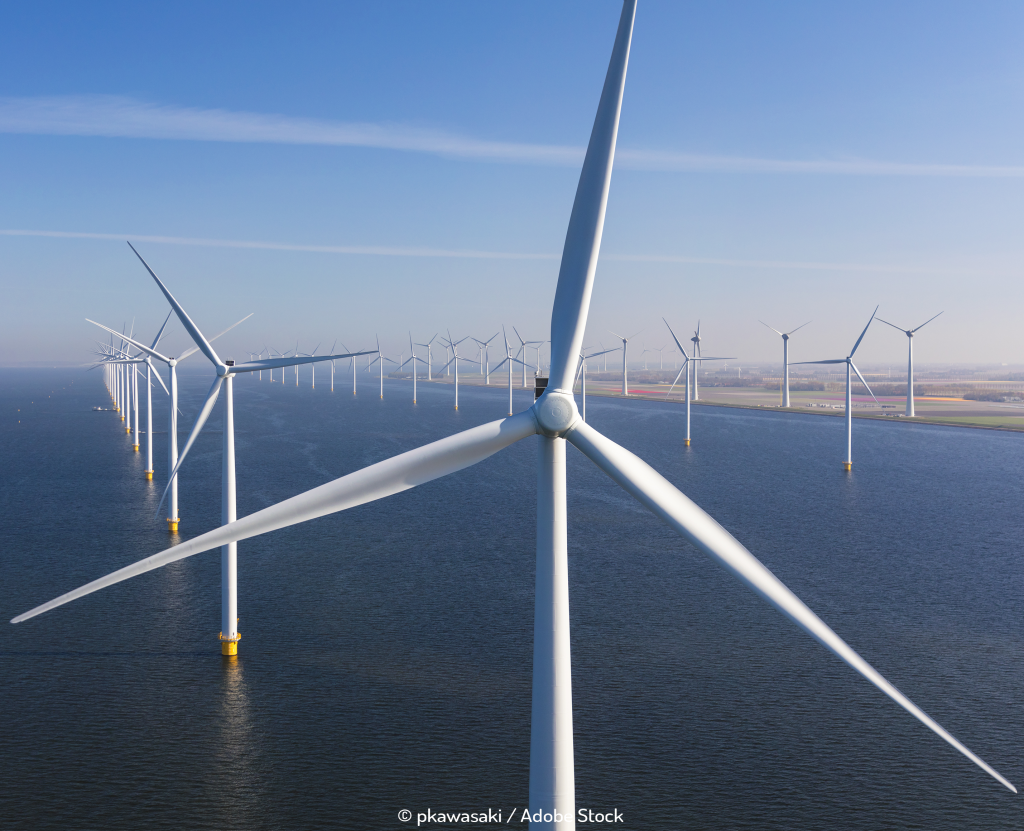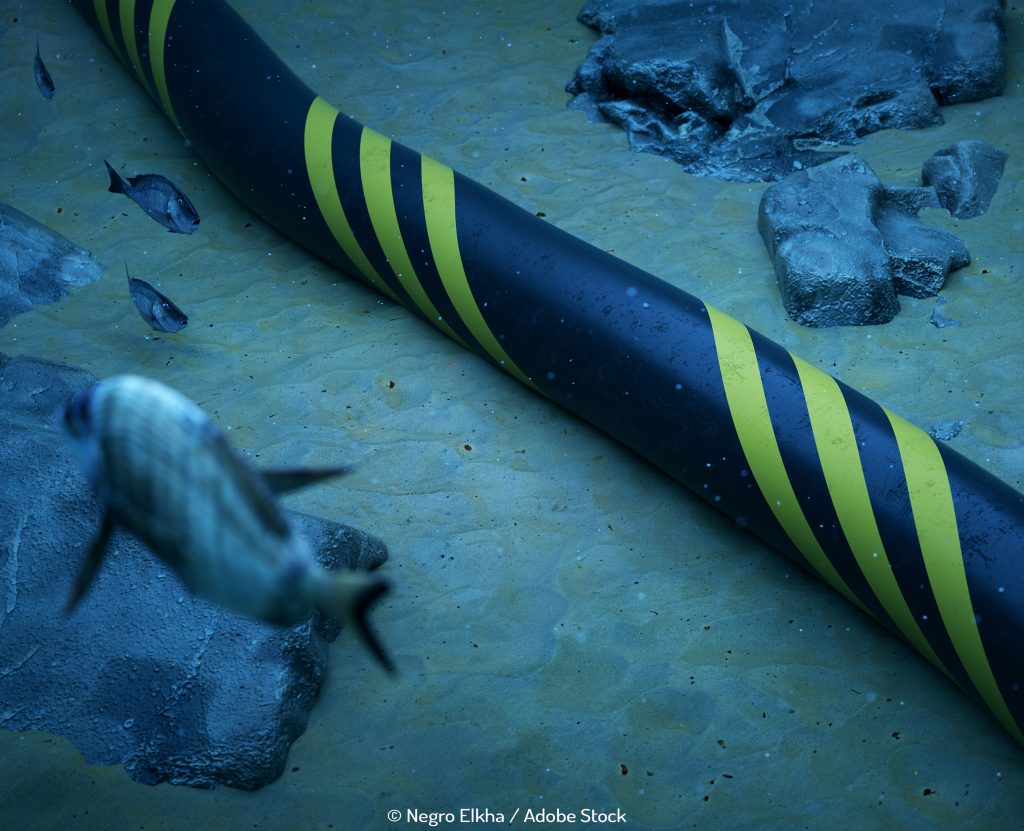
Australia’s massive offshore wind potential highlighted in new report
Traditionally, Australia’s offshore wind industry has been overshadowed by cheap solar and onshore wind alternatives. A new report by the Blue Economy Cooperative Research Centre (BECRC) has highlighted how that could change with the potential for more than 2,000 GW of installed offshore wind within 100km of existing grid infrastructure.
The Offshore Wind Energy in Australia report, a collaboration from Australian industry, academia and trade unions, discussed the potential of Australia’s sizeable areas of high-quality wind resources all around the country’s massive coastline. Using wind speed data, the report’s authors evaluated offshore wind potential for the Australian Exclusive Economic Zone. With ‘technically-accessible’ criteria of less than 100km from shore, less than a thousand metre depth, within 100km of sub-stations and transmission lines, and excluding environmentally restricted areas, the team concluded that the total potential for offshore wind was 2,233 GW.
One of the contributors to the report, Sven Teske, Associate Professor at the Institute for Sustainable Futures, University of Technology, Sydney, said, “Australia has world class offshore wind resources, equivalent to or better than seen internationally where offshore wind has proven itself commercially. Our modelling found many excellent sites where the resource can complement existing renewable generation.”
Australia has traditionally supported fossil fuels with significant mining and utilities conglomerates still receiving government tax breaks and other incentives. In recent years, a boom in onshore wind and solar projects has seen the percentage of domestic supply from renewable sources rise to almost 30%.
The Australian offshore wind industry is still in its infancy and no developments are currently under construction. The report does highlight over ten offshore wind projects at various stages of planning, for a total of over 25 GW. This includes the 2.2 GW Star of the South project planned for the south-east coast near the Bass Strait. The project will enjoy high capacity factors and a location close to existing infrastructure.
As has been seen in Europe, the report highlighted the potential for offshore wind to be a significant employer, and aid the transition for fossil fuel workers to the renewables sector. Chris Briggs, Research Director from the Institute for Sustainable Futures, University of Technology, Sydney, said, “Offshore wind has been an important source of alternative employment as Europe transitions to clean energy, especially the offshore oil and gas sector where the skills are often highly transferrable. Offshore wind can play an important role in a ‘just transition’ in Australia.”
The analysis also included an examination of some of the challenges to the nascent Australian industry. These include the necessity of floating turbines to reach some of the most promising areas in greater than 60m water depth. Other factors also included the lack of an Australian governmental regulatory framework and coordinated political planning. The authors called for a clear and overarching policy for Australian offshore wind, including marine spatial planning, environmental impact and state and commonwealth regulation. The report also highlighted the lack of research specific to Australian waters and the need for further investigations into the unique Australian challenges.
In summarising the report, Mark Hemer, the Project Leader, said, “Offshore wind has the potential to contribute to the [Australian] energy system through higher capacity factors and diversity of energy supply.”


